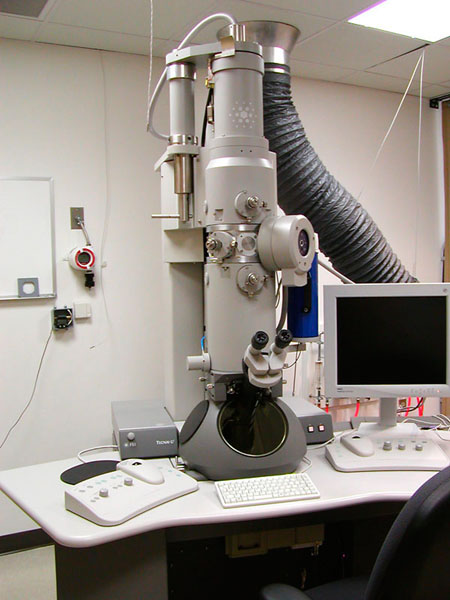Researchers at the US National Cancer Institute (NCI) have successfully visualized the structures of enzymes at near-atomic resolutions previously not considered possible, using cryo-electron microscopy (cryo-EM) –bolstering this technology’s promise in drug development. The findings were reported in the journal Cell.
“These advances demonstrate a real-life scenario in which drug developers now could potentially use cryo-EM to tweak drugs by actually observing the effects of varying drug structure—much like an explorer mapping the shoreline to find the best place to dock a boat—and alter its activity for a therapeutic effect,” commented Doug Lowy, MD, acting director of the NCI.
Cryo-EM imaging uses electron beam scatter detectors to visualize the structures of proteins that have been flash-frozen with liquid nitrogen. The research team used it to identify 1.8-Ångström [Å] (0.18 nanometer)-resolution structures within the cellular enzyme glutamate dehydrogenase, 3.8-Å resolution images of components of isocitrate dehydrogenase, and 2.8-Å resolution images of lactate dehydrogenase–much better resolutions than have been achieved using X-ray crystallography. An Ångström is a measure of length equivalent to one-ten billionth of a meter.
“With these results, two perceived barriers in single-particle cryo-EM are overcome: (1) crossing 2 Å resolution, and (2) obtaining structures of proteins with sizes < 100 kDa, demonstrating that cryo-EM can be used to investigate a broad spectrum of drug-target interactions and dynamic conformational states,” the research team reported.
The research team separately reported earlier this year that they had used cryo-EM imaging to visualize the structure of the cancer protein p97 at atomic resolutions of 2.3 to 3.3 Å. The earlier study separately visualized p97 alone and bound to a small molecule allosteric-inhibiting investigational anticancer drug.
“Our earlier work showed what was technically possible,” reported senior study author Sriram Subramaniam, PhD, of the NCI Center for Cancer Research, in a news release. “This latest advance is a delivery on that promise for small cancer target proteins.”
“The fact that we can obtain structures of small cancer target proteins bound to drug candidates without needing to form 3D crystals could revolutionize and accelerate the drug discovery process,” said Dr. Subramaniam.
The resolutions possible using cryo-EM have advanced rapidly over the past few years, allowing dramatic gains in atomic-scale-resolution protein imaging. Cryo-EM was declared Method of the Year for 2015 by Nature Methods.







